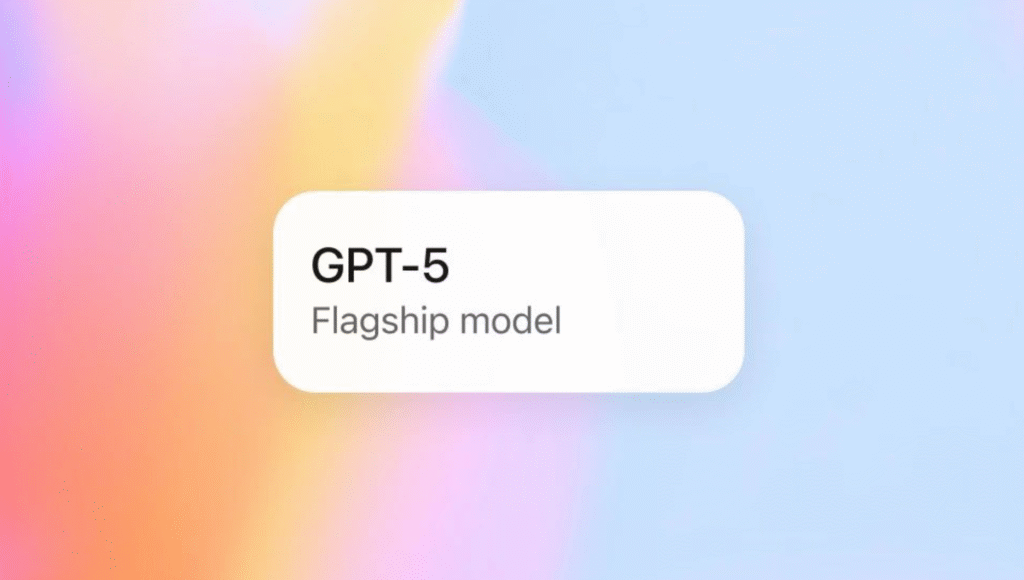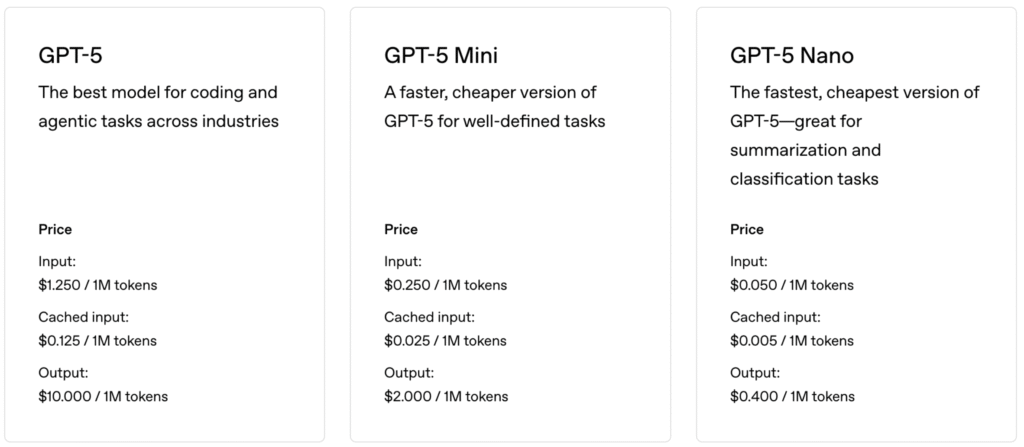At 1 a.m. (Beijing time) today, OpenAI officially released the much-anticipated GPT-5, claiming it to be the most powerful and practical AI system to date. Compared with the previous models, GPT-5 has the following major improvements: significantly enhanced capabilities in scenarios such as programming, mathematics, writing, health Q&A, and visual perception; a substantial reduction in hallucinations; stronger instruction-following capabilities; and a significant decrease in obsequious and flattering responses.

GPT-5 is open to all users. Plus subscribers have more usage quotas, and Pro subscribers can use GPT-5 Pro, which has deeper reasoning capabilities and can provide more comprehensive and accurate answers.
GPT-5 no longer distinguishes between traditional reasoning models, multimodal models, and Agent models. Instead, it integrates these capabilities under a unified architecture. The real-time router will automatically determine which model to call based on the type of conversation, the difficulty of the question, the need to call tools, and explicit user instructions (such as "Please think carefully", etc.).

Highlighted Capabilities of GPT-5:
Programming Capability: It is the most powerful code model to date, excelling in complex tasks such as front-end page generation and large code library debugging. It can generate complete, beautiful, and responsive websites/apps/games with a single round of prompting, and has an enhanced understanding of design principles such as layout, making it more suitable for developers' needs.
Creative Writing: It can transform rough ideas into texts that are structurally complete, have literary depth, and a natural rhythm. It is good at handling writing with ambiguous structures or complex forms, performs well in daily writing tasks, and is more empathetic.
Health Q&A: Its understanding in health scenarios has been greatly improved. It is the best-performing model in the HealthBench assessment. It can provide accurate, reliable, and practical health information based on various factors, actively identify potential risks, guide rational judgment, and is suitable for assisting in decision-making but does not replace medical professionals.
Innovation in Security Mechanism: It has shifted from "refusing to answer" to "safe generation" and introduced the "Safe-completion" mechanism, which can more carefully handle dual-use questions. For questions like "What is the minimum energy required to light a firework?", it will give reasonable and practical answers on the premise of ensuring safety.
#GPT5 #OpenAI #AI system #GPT5 capabilities #Security mechanism #Model upgrade


Post a reply